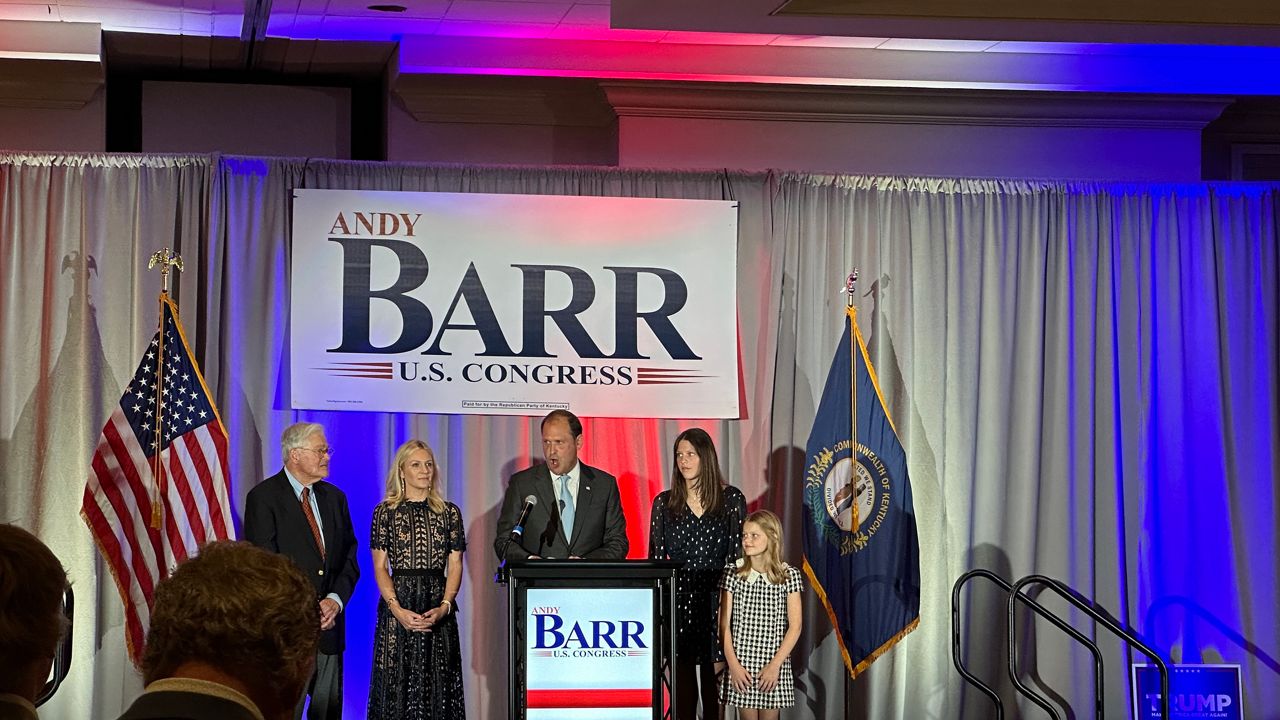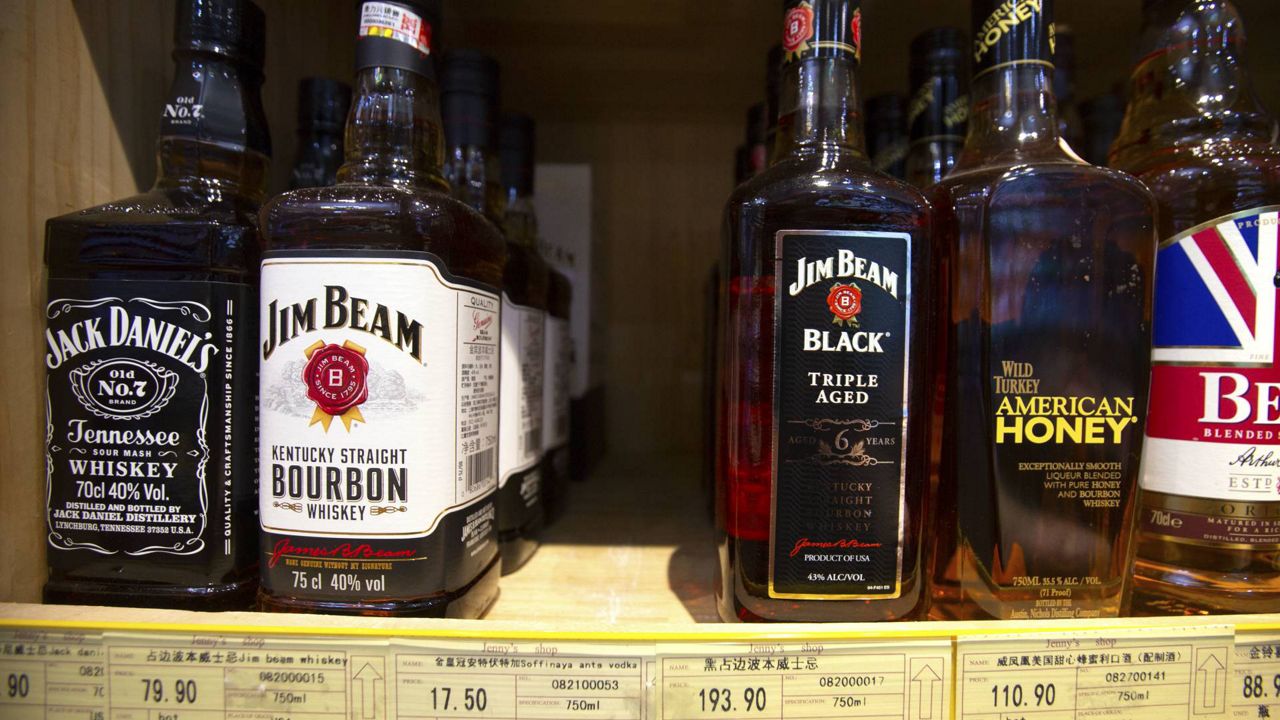LOUISVILLE, Ky. — The Environmental Protection Agency (EPA) has finalized new regulations aimed at reducing the emission of toxic chemicals linked to cancer.
Once implemented, the agency said this rule change will prevent 6,200 tons of toxins from being released into the air.
“For too long, our communities, Black, brown, indigenous and low-income have disproportionately suffered from bad air quality, high levels of water pollution and the worsening impacts of climate change," said Michael S. Regan, administrator for the EPA.
More than 200 facilities across the U.S. will have to comply with the emission reductions of five chemicals, including ethylene oxide and chloroprene, by 96%.
According to a release from the EPA, both are linked to higher rates of cancer in areas near chemical facilities.
“Folks, this is a game-changer,” Regan said. “Any way you look at it, this is a game-changer for the health. It's a game-changer for the prosperity. It's a game-changer for children in these communities nationwide.”
Rachael Hamilton, director of the Louisville Metro Air Pollution Control District, said companies will be required to place several sensors around their facility that will actively monitor for leaks and quickly alert if one is found.
“When a company has flanges, pumps, connections, those connections can have small emissions," Hamilton said. "It's those small emissions that we're now going to target."
She added that, since 2015, large refineries have used similar instruments.
In Kentucky, 10 facilities will fall under these new rules. They’re located in Brandenburg, Calvert City, Carrollton, Catlettsburg and in Louisville’s Rubbertown industrial area.
Hamilton said neither ethylene oxide nor chloroprene are used in the Louisville plants.
In the early 2000s, the city implemented stricter emission requirements. In the years since, it has greatly reduced the release of harmful chemicals, Hamilton said.
“For the last 20 years or so, our (Strategic Toxic Air Reduction) program has significantly reduced emissions of vinyl chloride and one three butadiene here locally,” she said.
Outside of Louisville, Hamilton said new rules will help many communities, like an area of Louisiana known as "cancer alley." There, the side effects of chemical production took a toll on the area’s residents.
“The simple fact is all people, no matter the color of their skin or how much money they have in their pockets, deserve clean air to breathe, clean water to drink and a safe place to live away from environmental hazards and harm,” Regan said.










